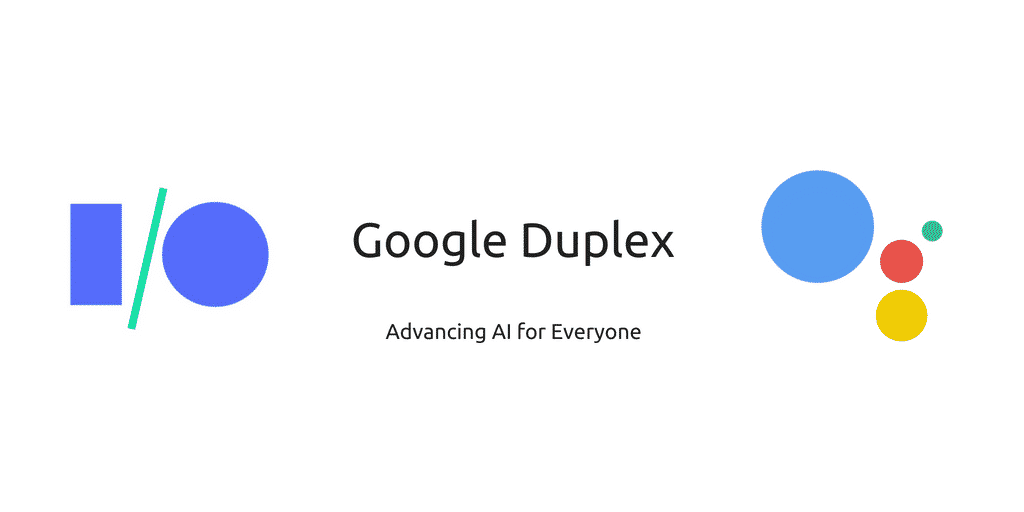What Is Google Duplex & How To Use It?

Google Duplex
Google Duplex is an extension of Google Assitant that can make human-like phone calls instructed by the user. It is based on the deep neural network built on Wavenet Technology for the voice of the duplex. Wavenet is a speed synthesis program that worked with joining very short units of sound together to create speech. It was a breakthrough in natural speech synthesis when it came out. it's generating raw audio to randomly imitate human sounds and it still sounds like words.
The final result is an AI that can be real conversation but with wavelet vocal precision and the grand unveiling of a duplex at Google's I/O event in May of 2018. According to Google's blog, the arms and asked are put in sometimes synthetically but actually, it sometimes is there to signal that the system is still processing just like a human would do. The public reaction to this was on the side of shock, horror, and even anger by some. Some people thought that it was very deceitful to have an artificial intelligence talk to someone over the phone without them knowing. But, Google is very clear that they are going to be transparent. They will be letting the people on the other end of the phone know that they are talking to a duplex.
Google Duplex has been trained in the narrow field of scheduling appointments or bookings and inquiring about a business's opening hours on holidays. To be clear, a duplex cannot have general conversations but it is doubtful that the scope of widening in the coming years. Google stated that there were unique challenges when it came to training such a neural network. How do you get an AI to robustly understand natural language and reply in a realistic manner? This would be pretty hard to do.
For example, people tend to talk differently to one another than with computers. We talk faster correct ourselves mid-conversation and even parts of the conversation and rely on context instead throw in the poor quality and noisiness of a phone line and have a pretty hard challenge on our hands. To solidify these points a little bit. Let's think about the phrase okay for "4". It is such a simple sentence but relies on many previous sentences for context. This phrase could refer to a time or a number of people. We as humans take such things for granted but it's interesting to take a brand-new look at this through the eyes of an AI or a team of researchers trying to solve this problem.
How Duplex Works?
Duplex uses something called a recurrent neural network. If you don't know what a neural network is: it is basically a massive matrix multiplication function where each part of the matrix is built up of artificial neurons called nodes. The nodes contain a mathematical formula and are arranged in layers. Each node has an input and an output. After receiving the inputs whatever they may be, the end goal of the whole entire matrix or neural network is basically to find out how to reduce how long it is or in other words reduce the amount of error. Perhaps the strangest thing about neural networks is that no one actually knows how they come to their conclusion. You just give them the inputs and somehow they get an answer.
Neural networks have been around for a while. In fact, Ted Hoff, the guy who helped to create the very first CPU at Intel back in 1971 actually worked on neural networks in his early career but practical neural networks have only been possible in the past five years or so. Since 2012, the general complexity of neural networks has advanced 500. We think it's one of the most fascinating fields of computer science. If you want a more detailed explanation of neural network processing, you should watch all videos and the related links to understand clearly.